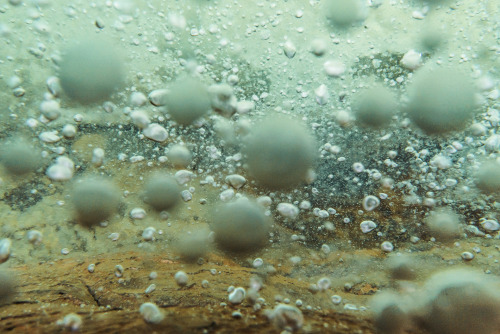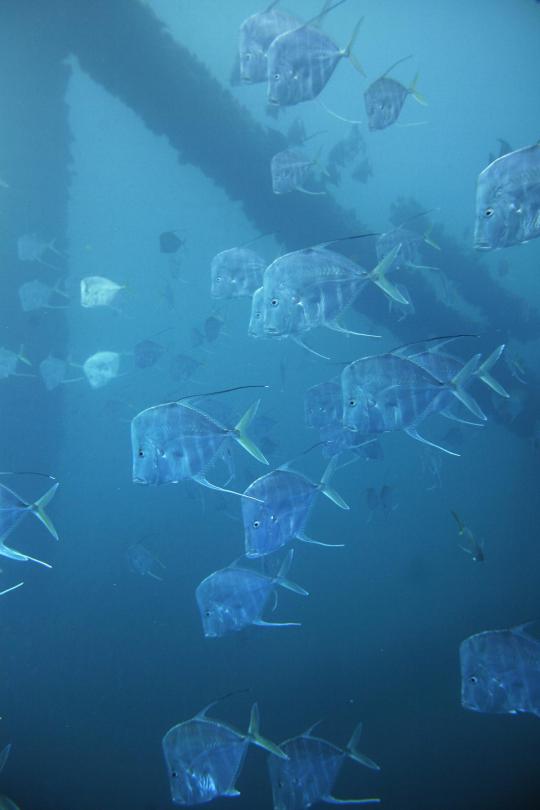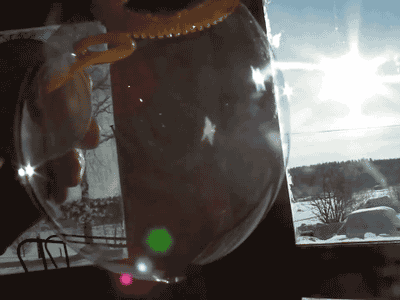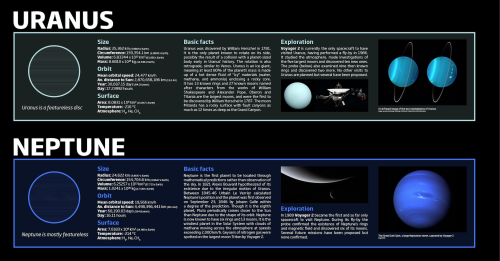Name One Difference Between Birds And Children
name one difference between birds and children
More Posts from Smartler and Others










New video on the Hubble Sequence! Had a lot of fun making this one, enjoy!
LOL, this whale popped out the ocean like, “Hey, what’s up, hello?!”
P.S. those kayakers are super soaked but totally fine.








Botanical Artist Uses Foraged Materials to Create Organic Works of Art
Taylor Swift - Viva La Vida (Cover)






Geologist Andrés Ruzo first heard about the boiling river as child, but it was always thought of as mythical. It was considered “a place of spirits.” But when Ruzo’s aunt insisted a boiling river existed in Peru, he set out to find it. Now, Ruzo is the first scientist to be given the blessing of the local shaman to study the boiling river. Ruzo talks about the mysterious nature of the boiling river on the latest episode of the TED Radio Hour.

HOW DID I SCREW UP THIS BAD

Scientists have solved a longstanding mystery about how some fish seem to disappear from predators in the open waters of the ocean, a discovery that could help materials scientists and military technologists create more effective methods of ocean camouflage.
In a paper published this week in Science, a team led by researchers at The University of Texas at Austin reports that certain fish use microscopic structures called platelets in their skin cells to reflect polarized light, which allows the fish to seemingly disappear from their predators.
Polarized light is made up of light waves all traveling in the same plane, such as the bright glare you sometimes see when sunlight reflects off the surface of water.
Under the surface of the water, light tends to be polarized. Many fish—and sophisticated modern satellites—have the ability to detect variations in such polarized light.
“Fish have evolved the means to detect polarized light,” said Molly Cummings, professor of integrative biology in the College of Natural Sciences. “Given that, we suggested they’ve probably evolved the means to hide in polarized light. If we can identify that process, then we can improve upon our own camouflage technology for that environment.”
Whether it’s a predator pursuing a fish or a satellite seeking an adversary, light patterns help with detection of targets in the the open ocean in three ways: through brightness contrast, color contrast and polarization contrast. Of the three, polarization contrast is considered most effective for detection in the open ocean.
Continue Reading.
Only on tumblr







The Solar System
-
 roguecampingrainstorm reblogged this · 2 months ago
roguecampingrainstorm reblogged this · 2 months ago -
 sicut-anima reblogged this · 2 months ago
sicut-anima reblogged this · 2 months ago -
 sicut-anima liked this · 2 months ago
sicut-anima liked this · 2 months ago -
 gayfrogswithhats reblogged this · 2 months ago
gayfrogswithhats reblogged this · 2 months ago -
 gayfrogswithhats liked this · 2 months ago
gayfrogswithhats liked this · 2 months ago -
 zsenilla reblogged this · 2 months ago
zsenilla reblogged this · 2 months ago -
 zarthader reblogged this · 2 months ago
zarthader reblogged this · 2 months ago -
 catgirlcompcon liked this · 2 months ago
catgirlcompcon liked this · 2 months ago -
 iv-berries reblogged this · 2 months ago
iv-berries reblogged this · 2 months ago -
 iv-berries liked this · 2 months ago
iv-berries liked this · 2 months ago -
 playingguitarsatpeople liked this · 3 months ago
playingguitarsatpeople liked this · 3 months ago -
 laya-snowfeather reblogged this · 3 months ago
laya-snowfeather reblogged this · 3 months ago -
 laya-snowfeather liked this · 3 months ago
laya-snowfeather liked this · 3 months ago -
 lilenariinpink reblogged this · 3 months ago
lilenariinpink reblogged this · 3 months ago -
 undead-clown liked this · 3 months ago
undead-clown liked this · 3 months ago -
 lilvulpix-alex liked this · 3 months ago
lilvulpix-alex liked this · 3 months ago -
 im-just-here-for-the-articles liked this · 3 months ago
im-just-here-for-the-articles liked this · 3 months ago -
 parsleyjar reblogged this · 3 months ago
parsleyjar reblogged this · 3 months ago -
 parsleyjar liked this · 3 months ago
parsleyjar liked this · 3 months ago -
 silver-birds reblogged this · 3 months ago
silver-birds reblogged this · 3 months ago -
 ranissa reblogged this · 3 months ago
ranissa reblogged this · 3 months ago -
 binglebongo reblogged this · 3 months ago
binglebongo reblogged this · 3 months ago -
 binglebongo liked this · 3 months ago
binglebongo liked this · 3 months ago -
 pomegranate-vinegarete liked this · 3 months ago
pomegranate-vinegarete liked this · 3 months ago -
 percypercival13 reblogged this · 3 months ago
percypercival13 reblogged this · 3 months ago -
 percypercival13 liked this · 3 months ago
percypercival13 liked this · 3 months ago -
 turnipotentiary reblogged this · 3 months ago
turnipotentiary reblogged this · 3 months ago -
 turnipotentiary liked this · 3 months ago
turnipotentiary liked this · 3 months ago -
 vampirejuno reblogged this · 3 months ago
vampirejuno reblogged this · 3 months ago -
 unfortunatelyimaginary reblogged this · 3 months ago
unfortunatelyimaginary reblogged this · 3 months ago -
 unfortunatelyimaginary liked this · 3 months ago
unfortunatelyimaginary liked this · 3 months ago -
 lowyasai reblogged this · 3 months ago
lowyasai reblogged this · 3 months ago -
 lowyasai liked this · 3 months ago
lowyasai liked this · 3 months ago -
 actualcottoncandy reblogged this · 3 months ago
actualcottoncandy reblogged this · 3 months ago -
 actualcottoncandy reblogged this · 3 months ago
actualcottoncandy reblogged this · 3 months ago -
 rainbow-wings-and-katanas reblogged this · 3 months ago
rainbow-wings-and-katanas reblogged this · 3 months ago -
 talesofwhalesandflowerpots reblogged this · 3 months ago
talesofwhalesandflowerpots reblogged this · 3 months ago -
 talesofwhalesandflowerpots liked this · 3 months ago
talesofwhalesandflowerpots liked this · 3 months ago -
 yukarishoodie reblogged this · 3 months ago
yukarishoodie reblogged this · 3 months ago -
 terrorofstars reblogged this · 3 months ago
terrorofstars reblogged this · 3 months ago -
 terrorofstars liked this · 3 months ago
terrorofstars liked this · 3 months ago -
 trashforao3 reblogged this · 3 months ago
trashforao3 reblogged this · 3 months ago -
 trashforao3 liked this · 3 months ago
trashforao3 liked this · 3 months ago -
 s-kateboardcat liked this · 3 months ago
s-kateboardcat liked this · 3 months ago -
 alphabetcrashcourse liked this · 3 months ago
alphabetcrashcourse liked this · 3 months ago -
 patchw9rk reblogged this · 3 months ago
patchw9rk reblogged this · 3 months ago -
 patchw9rk liked this · 3 months ago
patchw9rk liked this · 3 months ago -
 freyadragonlord reblogged this · 3 months ago
freyadragonlord reblogged this · 3 months ago